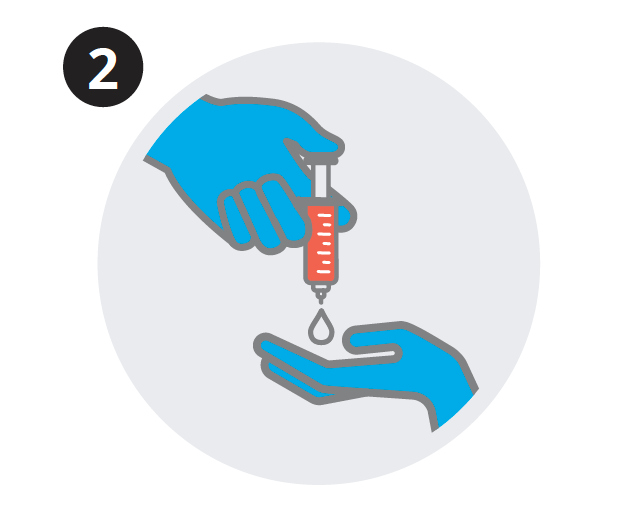Transdermal cream medications have a wide range of benefits when it comes to treating ailments and conditions in domestic pets.
Delivering medication through the skin avoids first-pass metabolism, gastrointestinal drug absorption issues, and has a steady infusion over a longer period. It can also be effective for owners struggling with compliance as the medication is applied onto furless areas of the pets’ skin.
Providing the option of transdermal medications for cats and dogs can be an advantage for your clinic. These are some of the most commonly requested transdermal creams.







